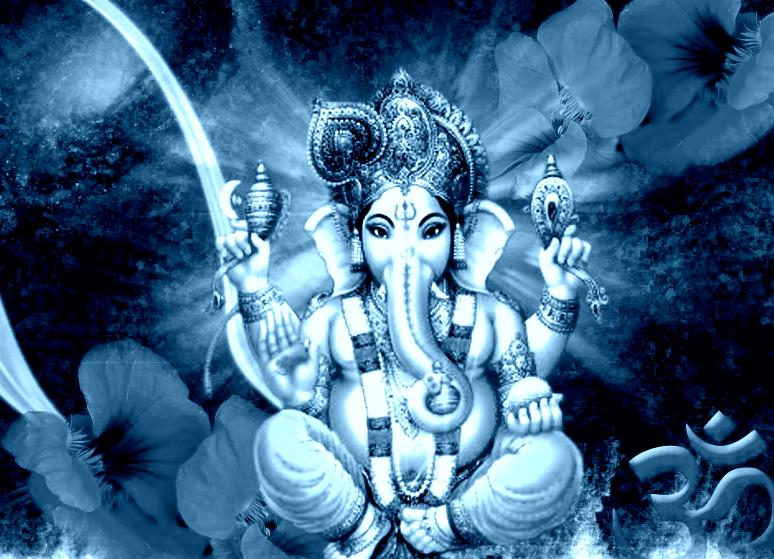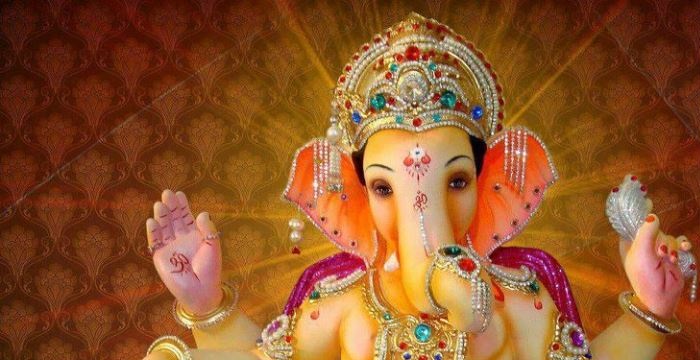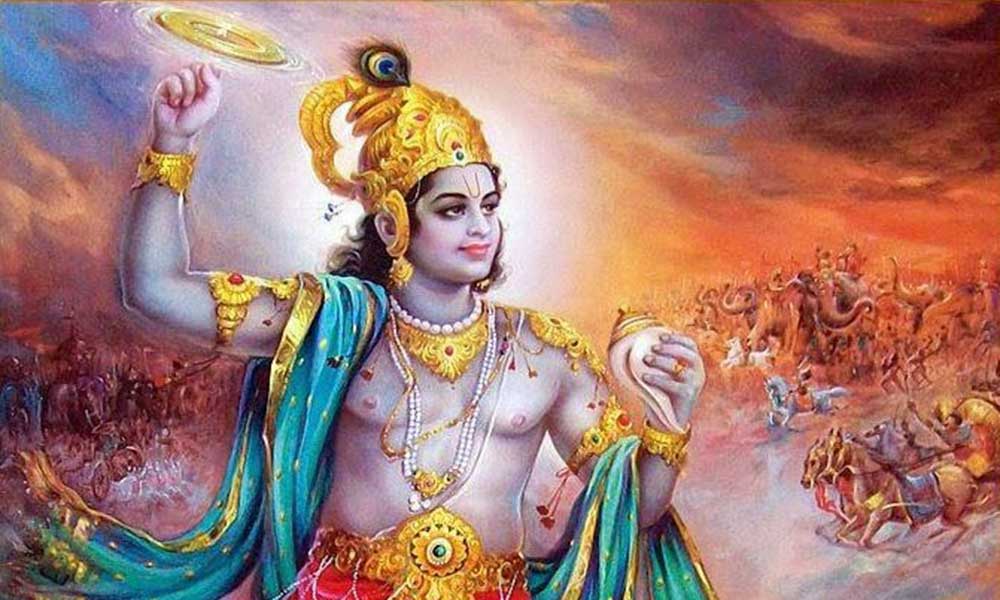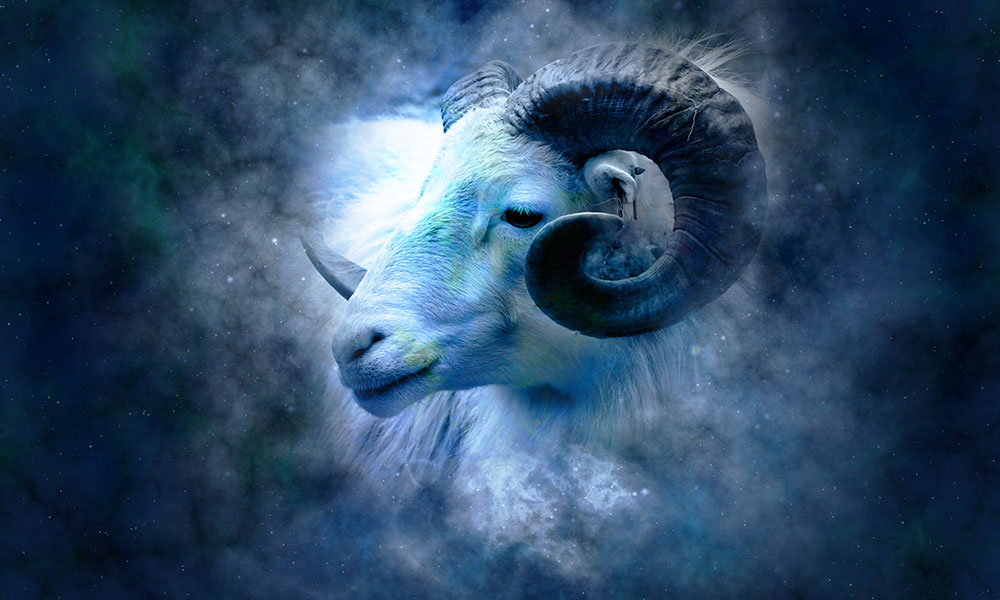Lord Ganesha’s physical attributes – Ganesha is one among the widely worshipped Hindu gods in India and beyond. During the Ganesh Chaturthi, Ganesh Puja is observed throughout the nation, not to mention the whole of Maharashtra soaks in festive colors in the season. Humankind seeks Ganesh’s blessings for prosperity, education, well-being and wisdom. He is staunchly called ‘Vighnaharta’ which means eradicator of evil. He is the formless divinity captured in a glorious form of a deity. According to the Hindu mythology, he is the son of God Mahadev and Goddess Parvati.
The name Ganesh is symbolic to divine energy. Gan means group and Ish means God, no wonder he is the God for common masses. He is the supreme law who governs the Universe; he is the Lord of groups. He is the Elephant-headed God who invokes the formless.

Ganesh’s birth story in brief:
Ganesh is born out of the dirt from Parvati’s body. While Parvati was celebrating with Shiva, she got dirty. The dirt itself is symbolic of divine energy. On discovering the dirt on her body, Parvati rubbed it off instantaneously and created a boy out of it. She then asked him to stand guard while she bathed. When Shiva demanded an entry, Ganesha rebuffed and left him fuming. This prompted Shiva to chop off his head and seeing Parvati mourning over it, Shiva felt guilty. He then instructed his helpers to replace his head with an animal’s they first see. They saw an elephant and rest is history.
What are the physical features of Lord Ganesha symbolic of?
- The large elephant head of Lord Ganesha symbolizes wisdom and understanding. He is intellectual who knows to attain the perfection of life.
- His wide mouth signifies love for life.
- Wide ears denote that he is a good listener and all ears to the prayers his devotees say.
- The trunk holds anything and everything under the Sun. It hence hints at the supreme power his possesses. Lord Ganesha blesses a man to be adaptive and efficient in the face of troubles. He further teaches them to attune to the predicaments of life. Little do we notice that it resembles the OM sign which is symbolic of cosmic reality?
- The two tusks hold true with the theory of perfection, wisdom and human emotion. The right tusk denotes wisdom and the left one symbolizes emotion. The left tusk in broken which means one must seek redemption through restrained living.
- The eyes are mysteriously layered and compassionate in the same vein. They offer perseverance and ask other to surrender pride to commune with God.
Must Read- What is the significance of Tulsi plant in Hinduism




